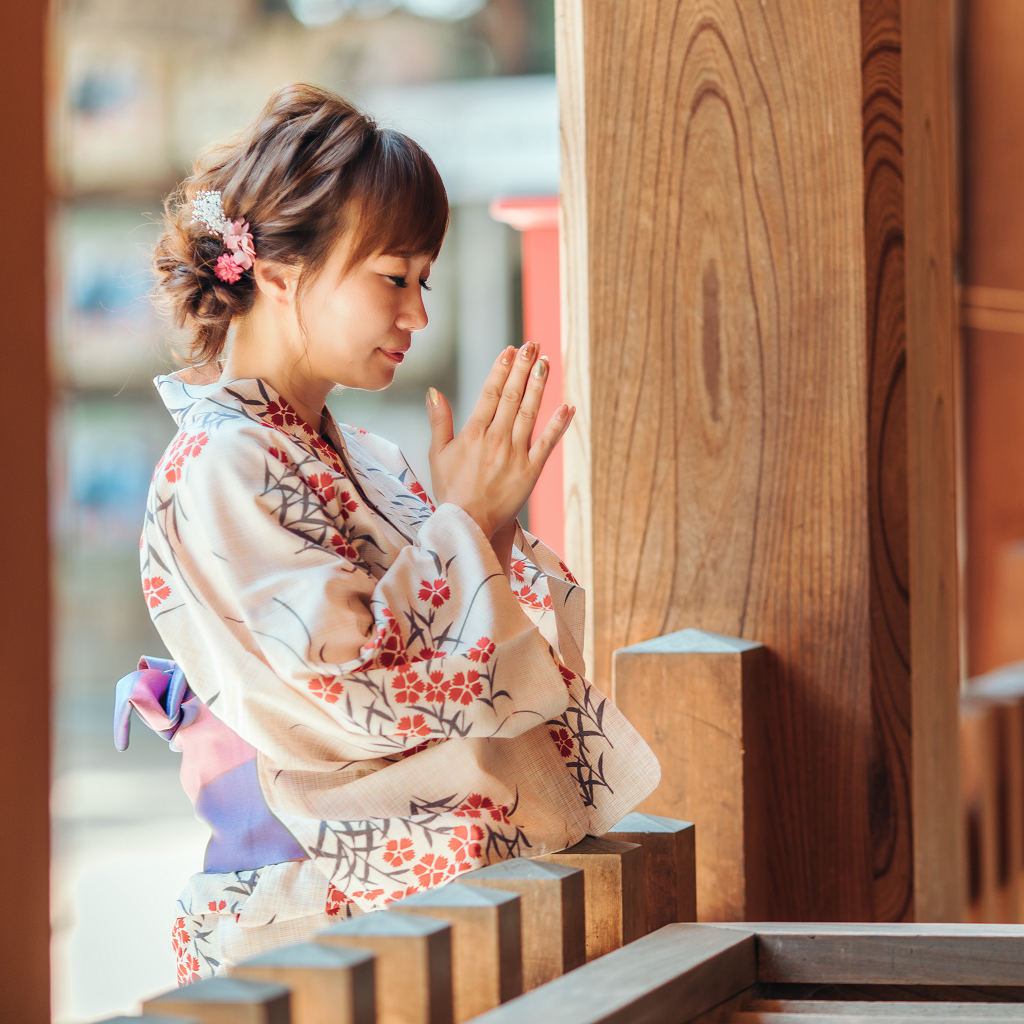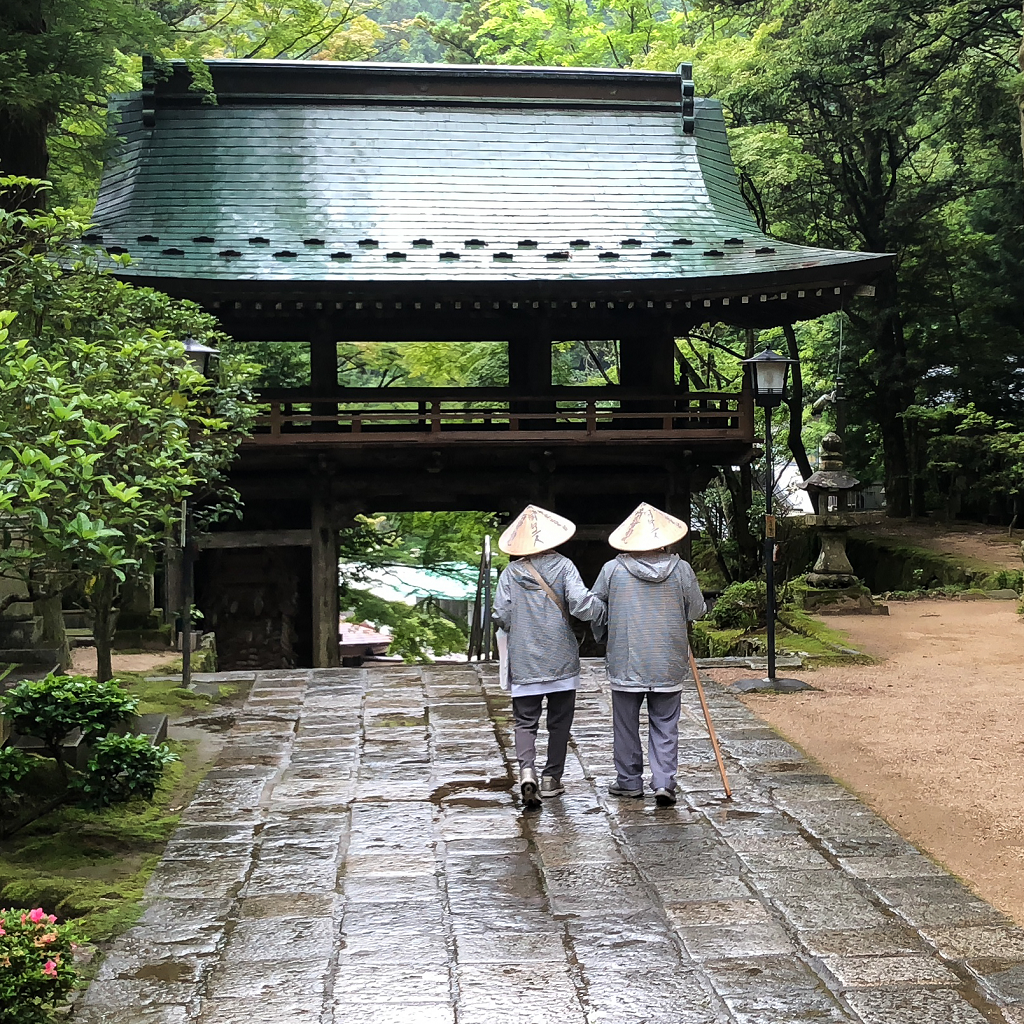01
History of proxy worship (DAISAN)

The term "DAISAN" refers to the practice of making a pilgrimage to a shrine or temple on behalf of those who are too ill or too far away to make the trip. The history of this concept is old, and during the Edo period (1600-1868), "Oise pilgrimages" to distant shrines and temples became popular.
However, since it was very difficult to do this due to money and time issues, a custom arose in which local people would pool their money and a representative would visit the shrine instead.
Some people may worry that they can only obtain God's blessings if they visit the shrine in person, but this is by no means true. Please feel free to leave it to me.
02
Modern Proxy Worship(DAISAN)

There is a strong presence of "DAISAN" in the pilgrimage culture that continues even today. The pilgrimage is an arduous journey that requires visiting 88 temples, covering a distance of 1,400 kilometers.
The custom of providing food and lodging to these pilgrims free of charge is known as "OSETTAI".
It is said that by offering "OSETTAI", pilgrims can receive the same benefits even if they are unable to go on the pilgrimage.
03
Introduction of "Okage-Dog"

In the "Fifty-Three Stations of the Tokaido" by Utagawa Hiroshige, published in 1849, there is a depiction of an "Okage-Dog" (gratitude dog) standing in for its master during a visit to the shrine. Astonishingly, there have been cases where dogs have completed the challenging "O-Ise-Mairi" pilgrimage, a feat that can be difficult even for humans, going to and returning from the shrine. By the way, the "dog" in "errandog" was named after the "Okage-Dog."
